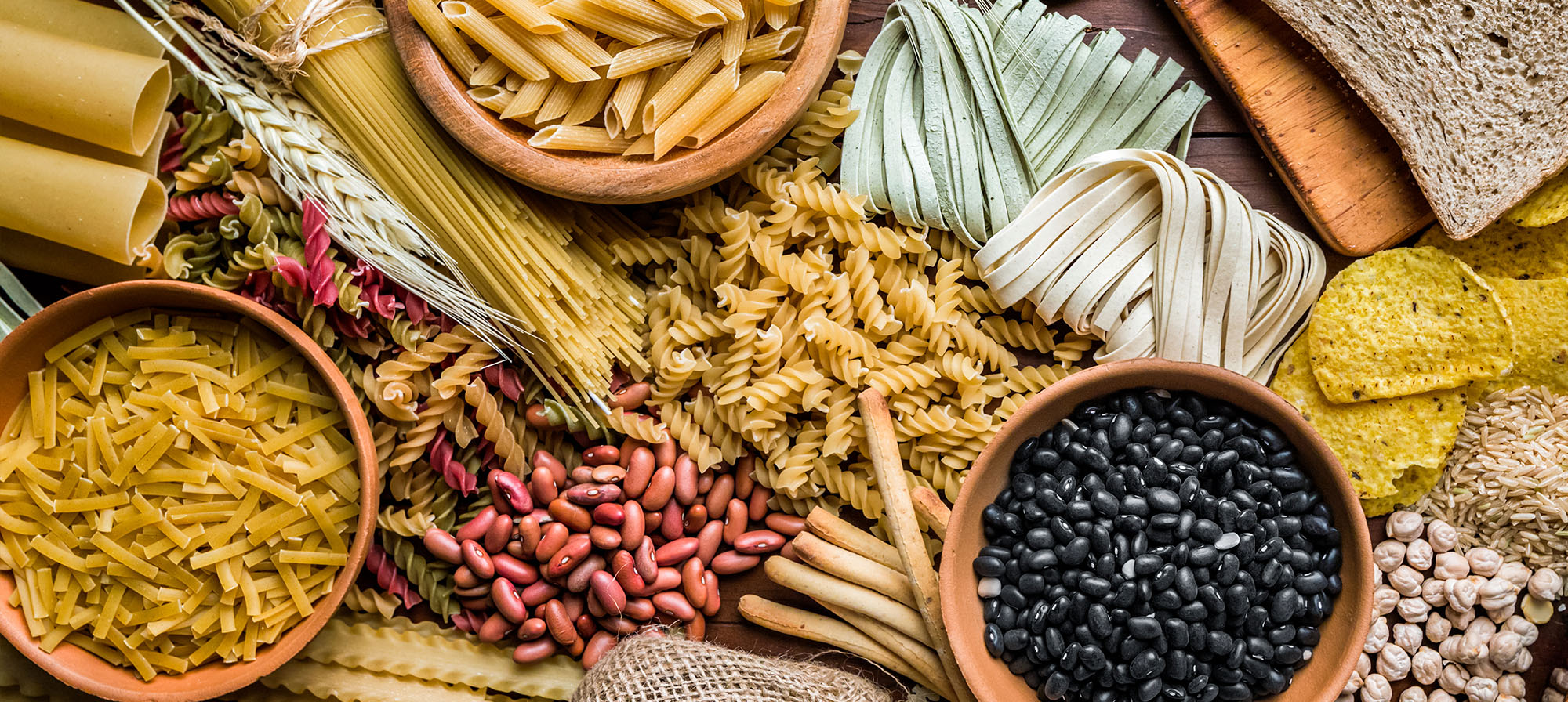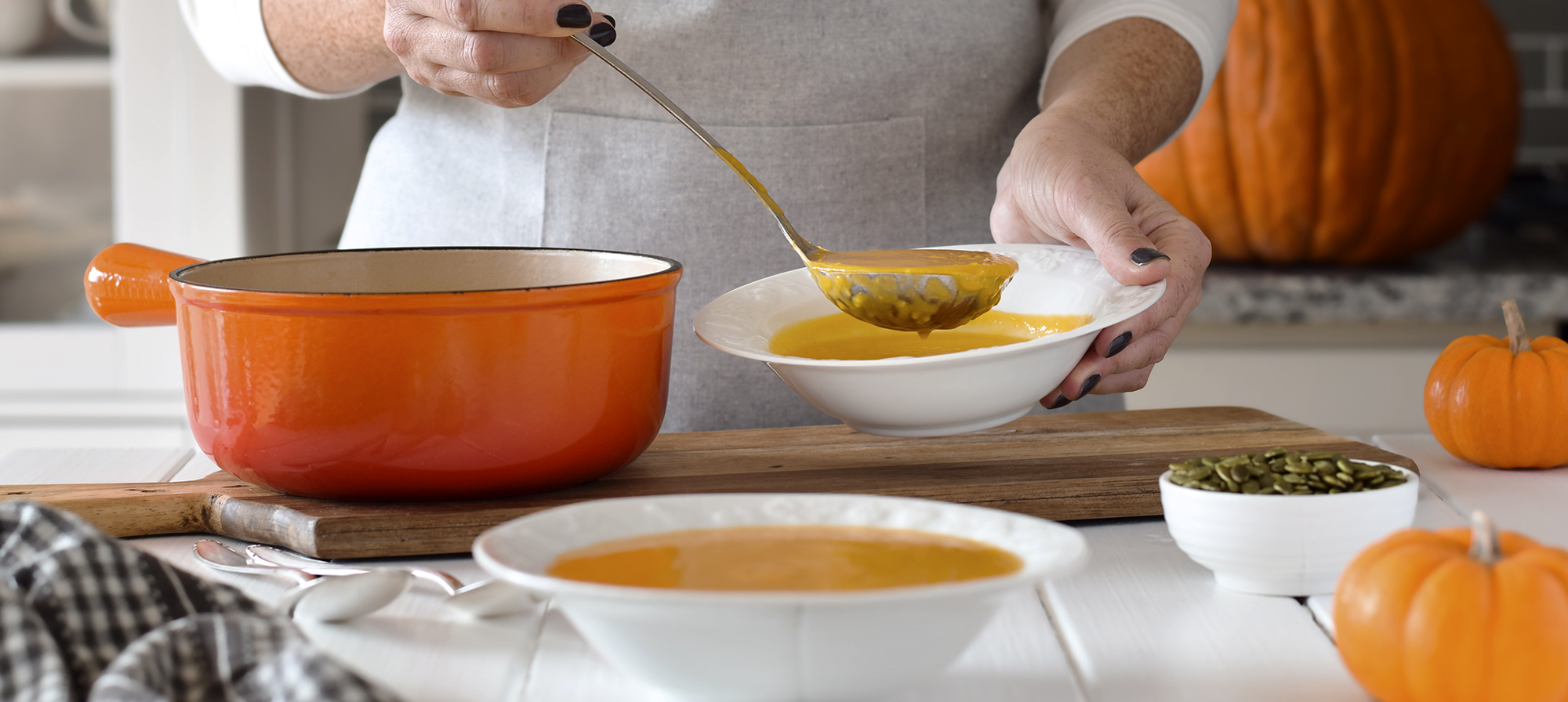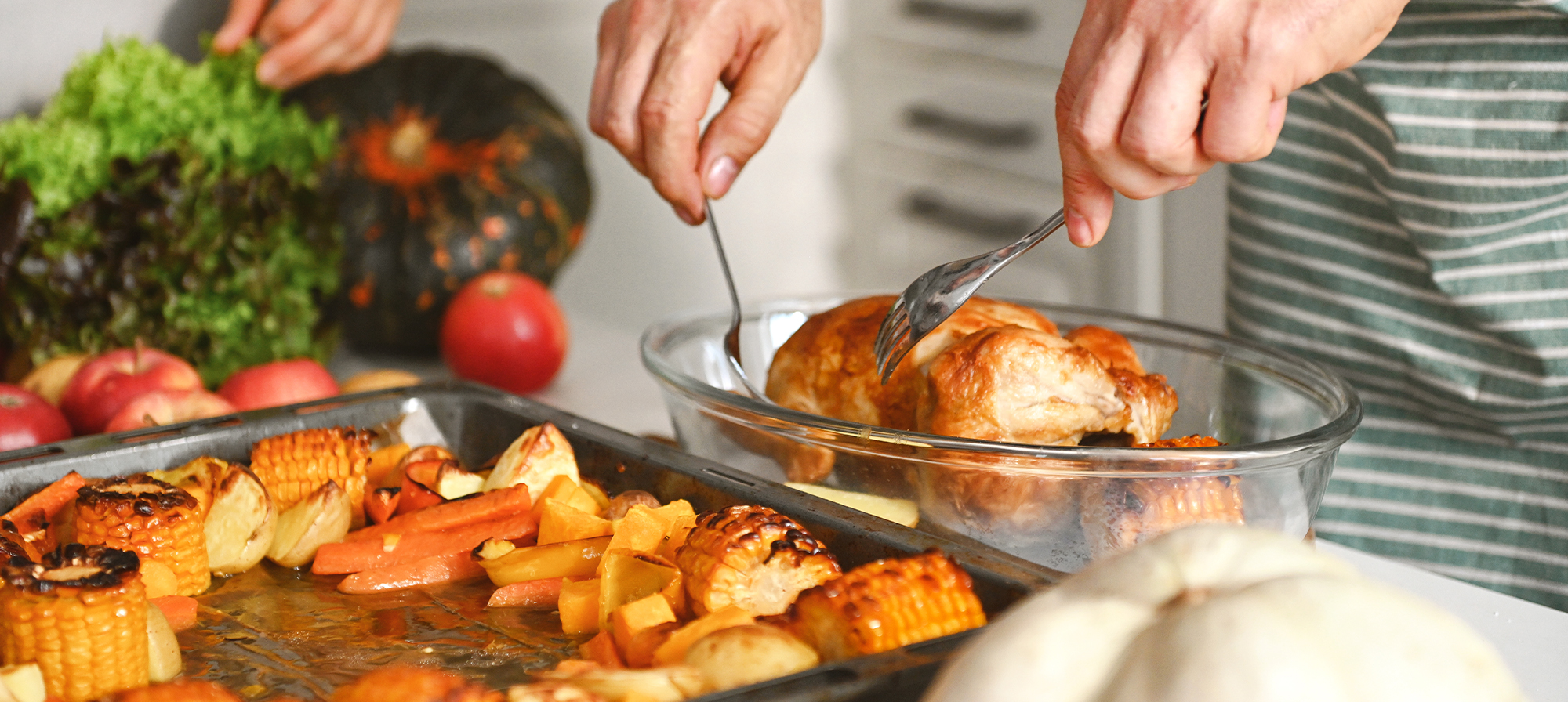Cutting back on refined carbs no longer means you need to take pasta completely off your plate. Learn why many high-protein pastas offer a more nutritious choice.
For many folks, pasta is food for the soul. So, giving it up can be a tough ask. Pasta is not only tasty but versatile—and cheap, too. But if you’ve decided to cut back on refined carbs , you don’t need to say “no” to all noodles. There’s an easier way, and it comes with a protein punch.
Only a couple of decades ago, pasta was almost exclusively a white-flour affair. And it wasn’t the most nutrient-dense food, thanks to the flour refining process, which strips out most fiber, B vitamins, vitamin E, and iron from the original grain.
Thankfully, you have better choices than white-flour pasta these days. Whole wheat and brown rice pastas have been good substitutes for some time. Because they’re whole grains , rather than refined, they are more nutrient rich than white-flour pasta.
But there’s a newer type of pasta you might have overlooked that may have even more to offer—legume pasta. These pastas are made from dried peas, lentils, chickpeas, and other legumes. Research suggests these pastas are more nutritious than even brown rice and whole wheat pasta. There are a couple reasons why.
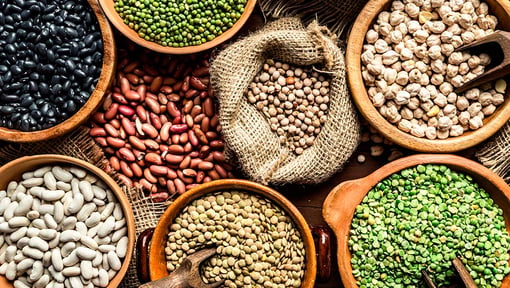
These pastas are packed with protein
Legume pasta has 2 to 3 times as much protein per serving as pasta made from white flour. That extra protein helps build and repair muscles, among many other jobs. Like fiber, protein also helps you feel full longer. And it’s a plant-based protein, making it a good choice if you’re following a vegetarian or vegan food plan.

There is a lot of soluble fiber in legume pastas
Soluble fiber helps slows digestion. That helps your blood sugar rise less quickly, which can help keep your energy steady throughout the day. It also helps you feel full longer.
Legume pastas are, for the most part, not made with any wheat or other grains. So, they are also usually gluten free. That makes them a great choice if you are sensitive to gluten or if you have a wheat allergy. Check the ingredient label just to be sure.
More and more brands are making their own lines of legume pastas. That means a wider selection to choose from. Look for legume pastas at any store where you buy traditional pasta. Not all stores have them in stock yet, so you might want to call the store before you go or check their website. You can also order many legume pastas online. They tend to be more expensive than standard pastas made with white flour, but they are still a fairly reasonable price.
Some of the early attempts at protein pastas were not so successful. Often, they just didn’t have the texture or flavor that people expect from a pasta. But food companies have had some time to perfect their product. If you weren’t on board before, you may be pleasantly surprised now.
Want to give legume pasta a try? Check out this recipe for a tasty chicken pasta salad. It’d make a great meal for lunch or dinner this week!
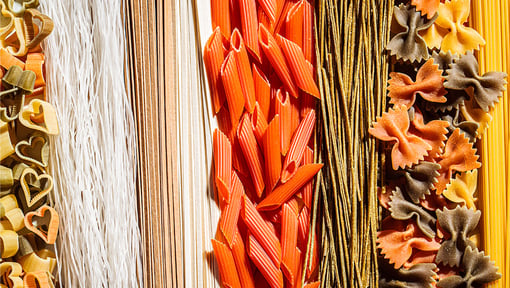
Italian Chicken Salad With High-Protein Pasta
Ingredients
- 1 tablespoon olive oil
- 12 ounces skinned, boiled, and shredded chicken breast
- 3 cups hot cooked legume pasta
- 2 cups cooked fresh spinach
- 1 cup chopped tomatoes
- ½ cup fresh basil
- ½ cup sliced red onions
- ⅓ cup Italian dressing
- ¼ cup chopped fresh parsley
- 1-ounce crumbled bleu cheese
- 1 garlic clove, minced
Directions
Combine all ingredients in a large bowl. Toss well to coat.
Yield: 6 servings
Prep Time: 10 minutes
Cook Time: 15 minutes
Difficulty: Easy

Feel free to try lentil pasta, chickpea pasta, or other kinds of legume-based noodles for this recipe—or any of your other favorite pasta meals. Each legume has its own flavor and texture, so try a range until you find the one you like best. Then indulge in your favorite pasta dishes while boosting your protein intake and limiting refined carbs. Buon appetito!
Not a Silver&Fit® member? Learn more about everything the program has to offer, including more helpful healthy living tips like this, here on our website.
This information is not intended to take the place of regular medical care or advice. Please check with your doctor before using this information or beginning any self-care program. Images used for this article do not depict any members of the Silver&Fit program.
References
American Heart Association. (2023, September 12). Carbohydrates. https://www.heart.org/en/healthy-living/healthy-eating/eat-smart/nutrition-basics/carbohydrates
Harvard T. H. Chan School of Public Health. (n.d.). Carbohydrates and blood sugar. https://www.hsph.harvard.edu/nutritionsource/carbohydrates/carbohydrates-and-blood-sugar/
Harvard T. H. Chan School of Public Health. (n.d.). Whole grains. https://www.hsph.harvard.edu/nutritionsource/what-should-you-eat/whole-grains/
Hoehnel, A., Bez, J., Amarowicz, R., Arendt, E. K., & Zannini, E. (2020, December 6). Combining high-protein ingredients from pseudocereals and legumes for the development of fresh high-protein hybrid pasta: Maintained technological quality and adequate sensory attributes. Journal of the Science of Food and Agriculture. https://doi.org/10.1002/jsfa.10994
Hoehnel, A., Bez, J., Petersen, I. L., Amarowicz, R., Juśkiewicz, J., Zannini, E., & Arendt, E. K. (2020, December 13). Combining high-protein ingredients from pseudocereals and legumes for the development of fresh high-protein hybrid pasta: Enhanced nutritional profile. Journal of the Science of Food and Agriculture. https://doi.org/10.1002/jsfa.11015
Laleg, K., Cassan, D., Barron, C., Prabhasankar, P., & Micard, V. (2016). Structural, culinary, nutritional and anti-nutritional properties of high protein, gluten free, 100% legume pasta. PloS One, 11(9), e0160721. https://doi.org/10.1371/journal.pone.0160721
Mayo Clinic. (2023, November 23). Chart of high-fiber foods. https://www.mayoclinic.org/healthy-lifestyle/nutrition-and-healthy-eating/in-depth/high-fiber-foods/art-20050948
Mayo Clinic. (2024, December 11). Dietary fiber: Essential for a healthy diet. https://www.mayoclinic.org/healthy-lifestyle/nutrition-and-healthy-eating/in-depth/fiber/art-20043983
Mayo Clinic. (2022, December 10). Whole grains: Hearty options for a healthy diet. https://www.mayoclinic.org/healthy-lifestyle/nutrition-and-healthy-eating/in-depth/whole-grains/art-20047826
MedlinePlus. (2022, July 30). Soluble and insoluble fiber. https://medlineplus.gov/ency/imagepages/19531.htm
Rizzello, C. G., Verni, M., Koivula, H., Montemurro, M., Seppa, L., Kemell, M., Katina, K., Coda, R., & Gobbetti, M. (2017, February 22). Influence of fermented faba bean flour on the nutritional, technological and sensory quality of fortified pasta. Food & Function, 8(2), 860–871. https://doi.org/10.1039/c6fo01808d
This article was written by Gail Olson, edited by Nora Byrne, and clinically reviewed by Elizabeth Thompson, MPH, RDN, on February 3, 2025.
